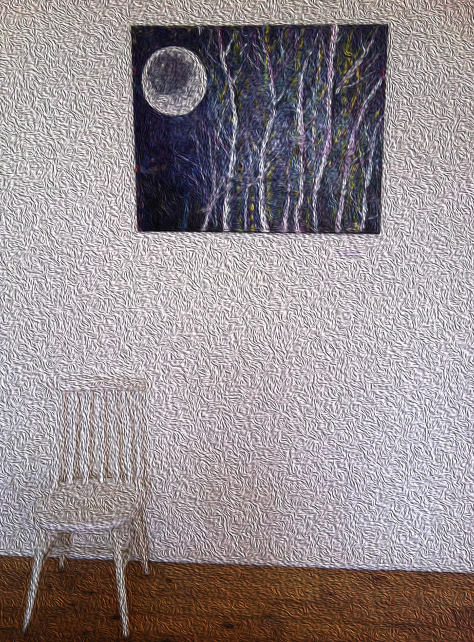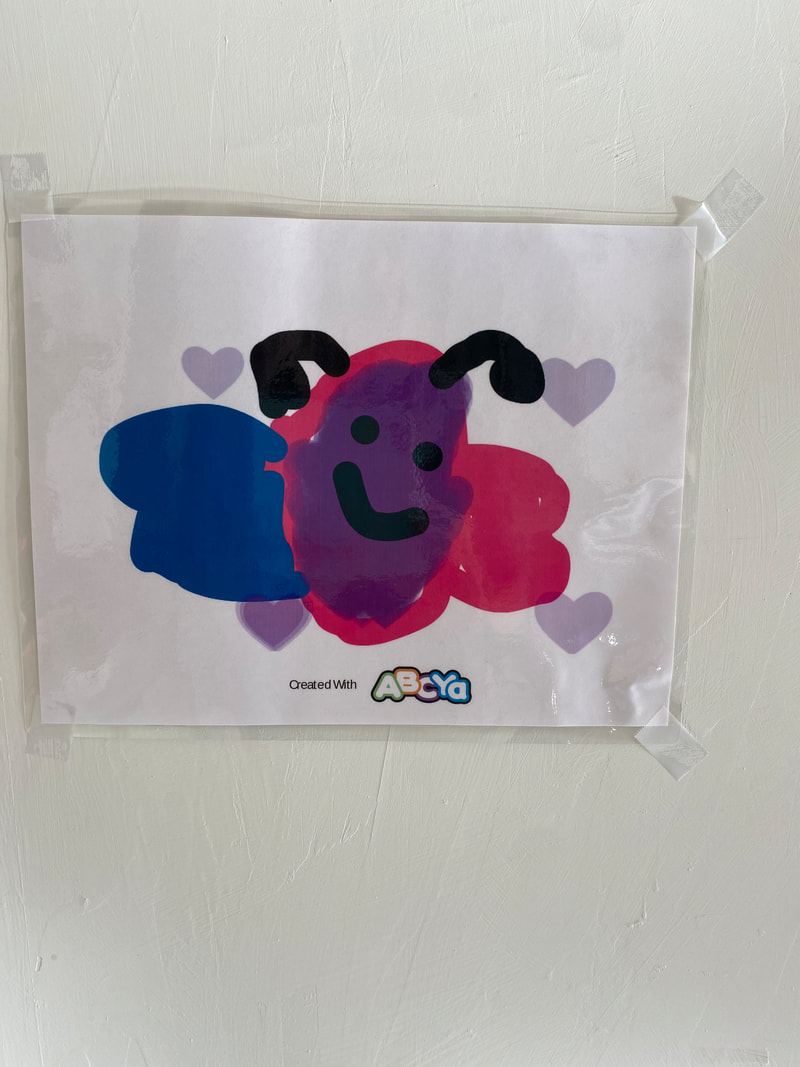Home is where the art is. COVID-19, which took the world as an unexpected sudden storm in 2020, is still hovering around us in various mutations and forms of regulation. Our patience begins to run out of limited gages after years of tension and the bondage of control and freedom. Sometimes this type of life of wearing a mask, washing hands thoroughly with disinfectant, getting vaccinated, isolating, and maintaining distance between people is accepted as a form of the new normal, and gradually you start to adapt. Whenever I read related articles or community posts, I find that people now complain about newly changed life patterns and styles of life after two years and enter three years. Due to restrictions and distance between people, only essential meetings and human relationships are left, so we experience a detox of social life. In the meantime, looking back on the past, we reflect on the fact that there were a lot of unnecessary meetings and social relationships. In a nutshell, we are leaving only minimal relationships and important gatherings, becoming a social minimalist, and organizing things one by one. Then, calmly stay at home, read a book, watch a movie, listen to music, and drink coffee. Exercise, work, education, and meetings all take place at home. The concept of the house is no longer a physical and architectural space but a shelter and healing space responsible for health and safety and rests the weary mind. For this reason, the value of homes and private rooms is increasing worldwide as we spend at home all day long, the purpose and definition of the house change. People who stay all day in these homes are increasing their demands for decorating their homes and changing the wall and spaces to fit their lifestyle. Now, painting is not just for interior decoration, but also it transforms into a medium that comforts people's hearts and delivers healing energy with various colors and themes in the space where most people are staying. In the past, there was a strong perception that painting was an adjunct to a form of culture enjoyed, purchased, and engaged only by a special class or people involved. Even when I was doing an exhibition, I sometimes found that visitors were getting a little nervous as they entered the gallery. Sometimes they ask, "Do I have to pay? When I see a painting, do I have to buy it by all means?" Every time I was asked such a question, I was depressed. I hope that all humanity can comfortably appreciate and rejoice in painting without any stress, be healed, comforted, and strengthened through art, understand the lives and values of others, and get an identity. Even though paintings have not even a virus, it's a pity how long paintings should be confined to museums or art galleries and should be quarantined in a word. The process of painting is like a mechanism of healing the inside. The painting was completed by drawing human wishes, hopes, feelings, philosophies. Because painting and life are inseparable from each other, people use the colors, codes, and perspectives that come out of the paintings to give them the effect of indirectly experiencing the world of another. Therefore, in the era of Corona, painting can be a valuable tool for self-healing with psychological colors that will calm and strengthen the consciousness and the unconscious for my family and me. Actually, among the posts I read with interest recently, there was an article about a group of painters working on a project under the theme of necumix for personal space of the Bible concept. ("The theme is "Four Cubits," relating to the biblical concept of personal space.") Rami Ogeri, founder and chief curator of the Jerusalem Biennale, acknowledges that the opening of its fifth Biennale has faced unique challenges, including budget and travel constraints. Nevertheless, he has gathered around 300 artists, mainly from Israel, but from the United States, United Kingdom, Italy, Belgium, Turkey, Greece, Morocco, United Arab Emirates, and Argentina. The theme is "four cubits," related to the biblical concept of personal space. "This year's Jerusalem Biennale is very different from previous biennials, where we gathered in museums, galleries, and other public places to share art experiences," said Ozeri. "This year, we ask the question whether art is part of our private realm. Do you have meaningful artwork on your living room, bedroom, or kitchen walls? So how do we go one step further and share this art with family, friends, or strangers?". Celina's works Ozeri shares that his children have a monthly rotating exhibition of their artwork in his own home. In my case, I also share a workspace with my child, who likes to paste his drawings here and there like me. Looking at her pure and fancy paintings, I feel like I am healed by itself. He concludes by introducing the works of the painters. In that spirit, if the corona lockdowns left you climbing the walls, now is a good time to refresh them with a painting. Even when life is not picture-perfect, it can incorporate a thing of beauty. As the Post's Barry Davis put it, "Home is where the art is." I agree with his opinion. Home is where art is. It is a space where you can touch and experience art up close and approach the world of pure action that art gives you without any restrictions. If you can heal your body and mind tired from Corona by hanging a picture that fits your code in this space, you will somewhat mature yourself and look into the future together in a healed state through inner healing. And we will have to keep pace with the changes in the post-corona era by checking the positive points of the social atmosphere that has changed in the post-corona period and making use of the good points. In that sense, the house will become an essential window and universal channel through which art and human beings become one.
2 Comments
|
Myungja Anna KohArtist Categories
All
Archives
July 2024
|
Proudly powered by Weebly






 RSS Feed
RSS Feed